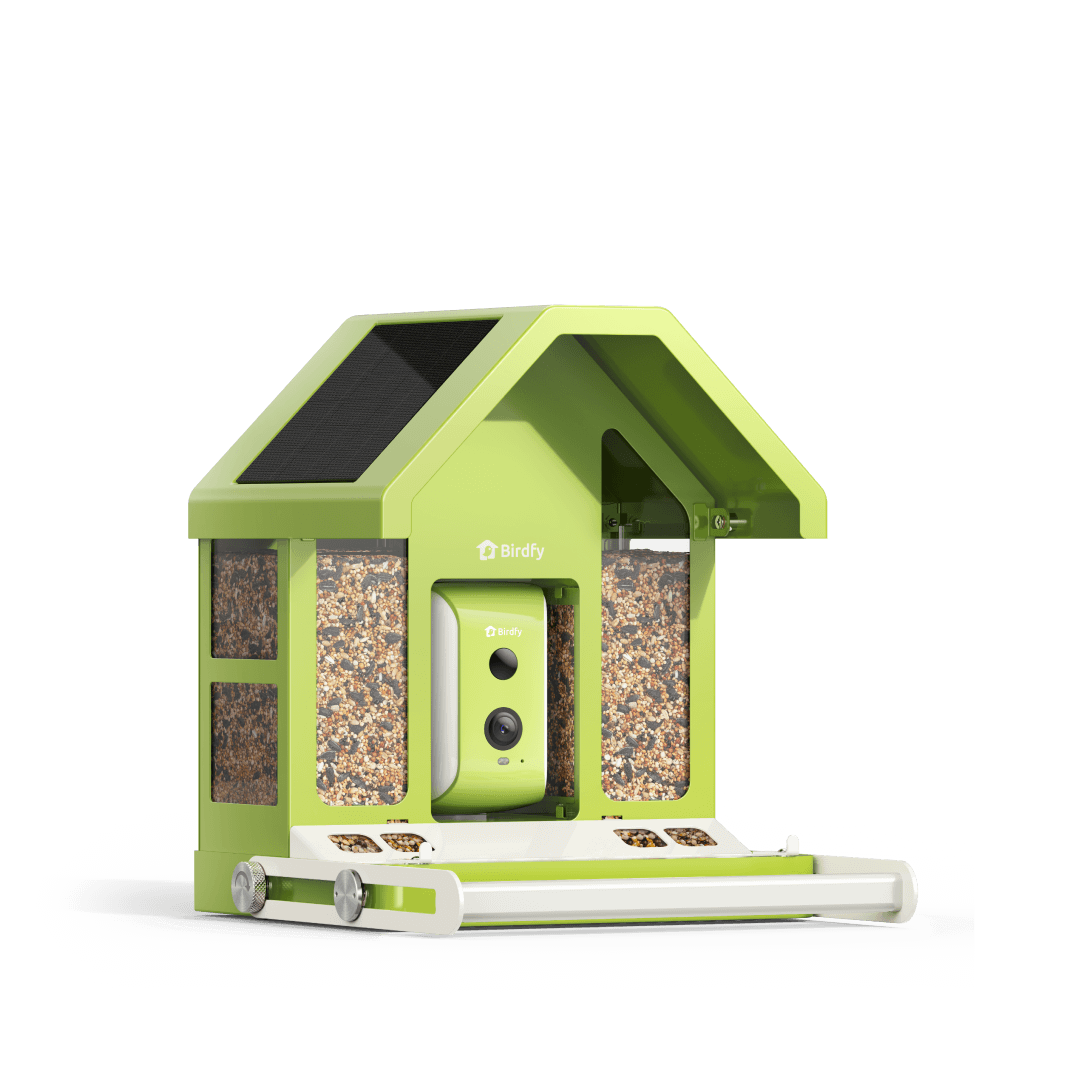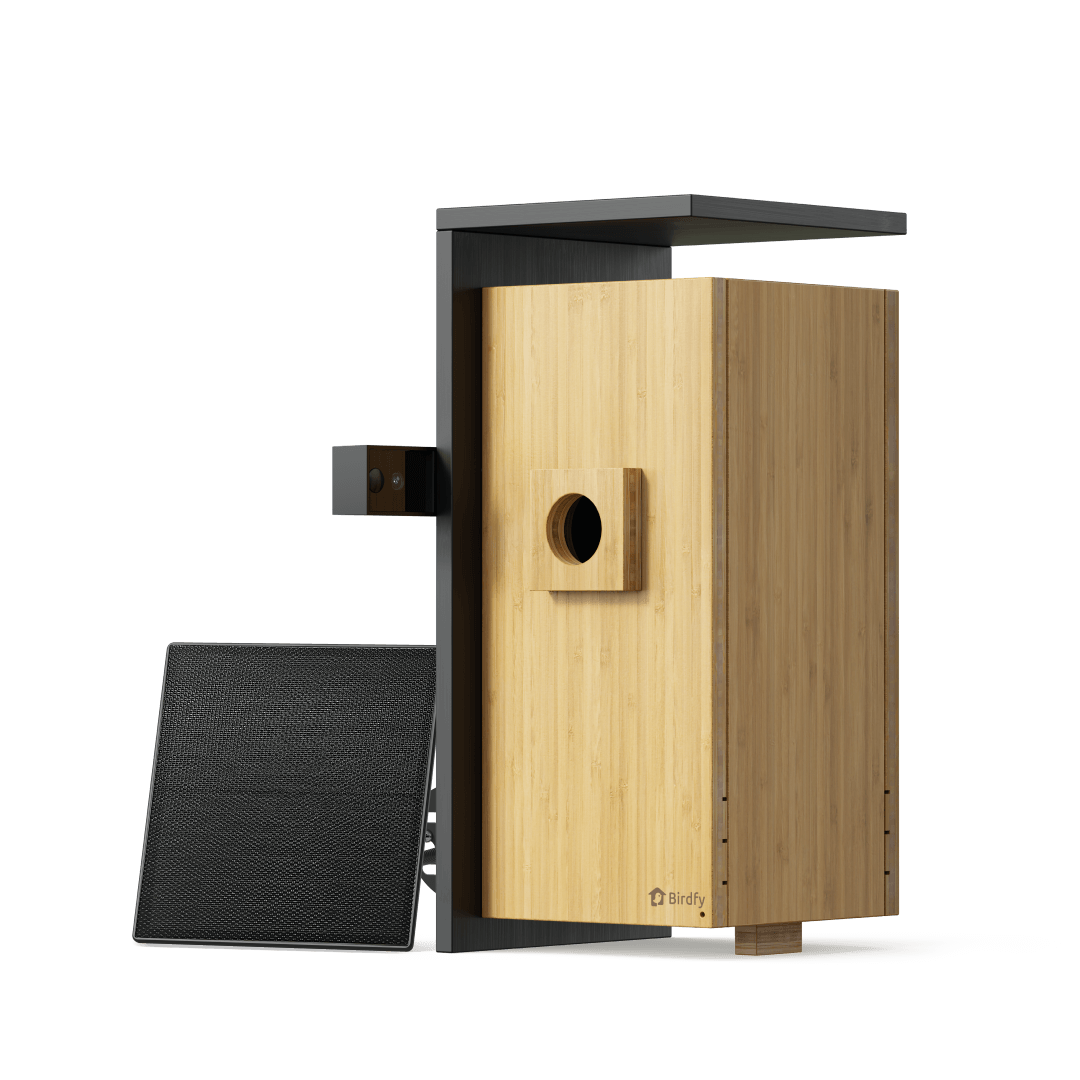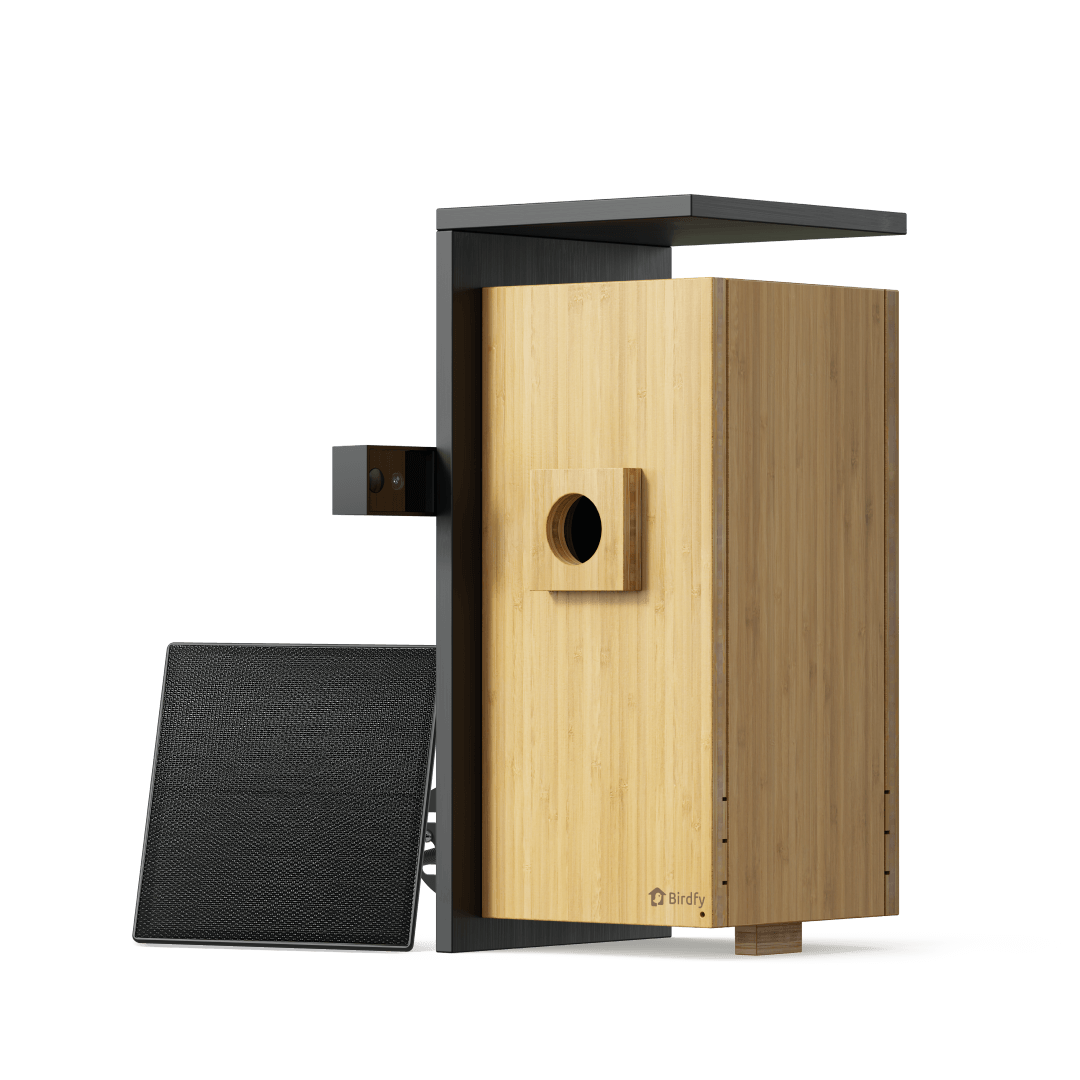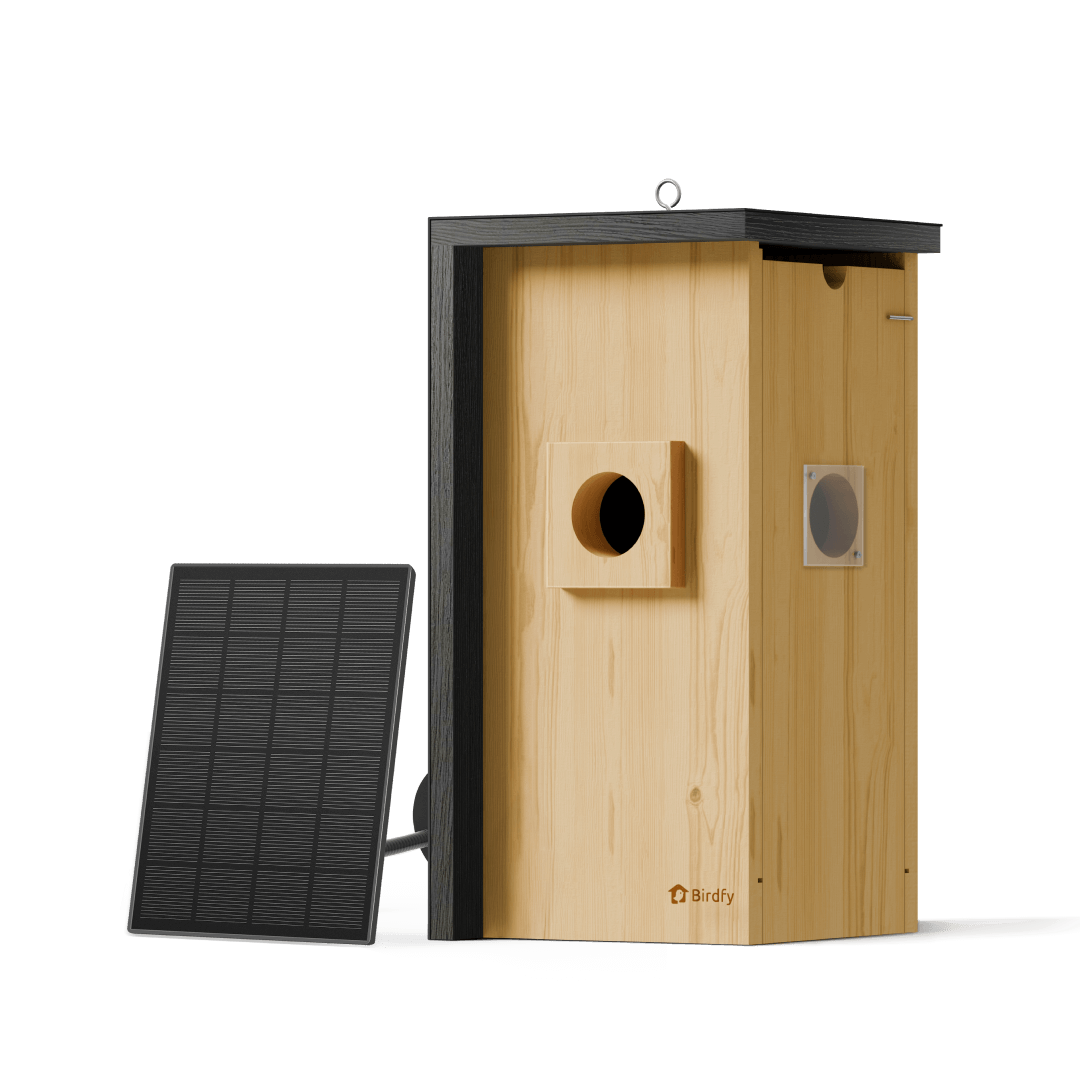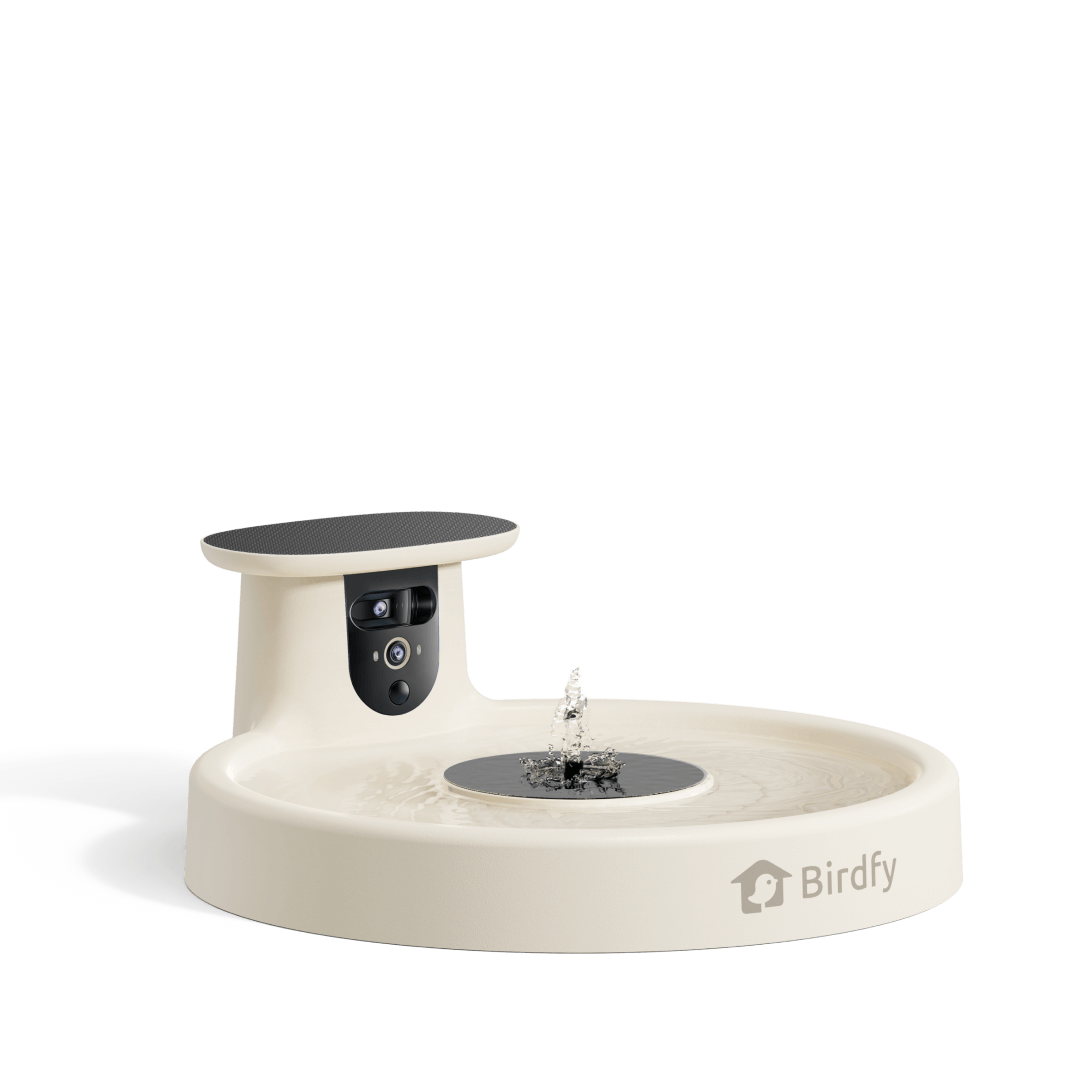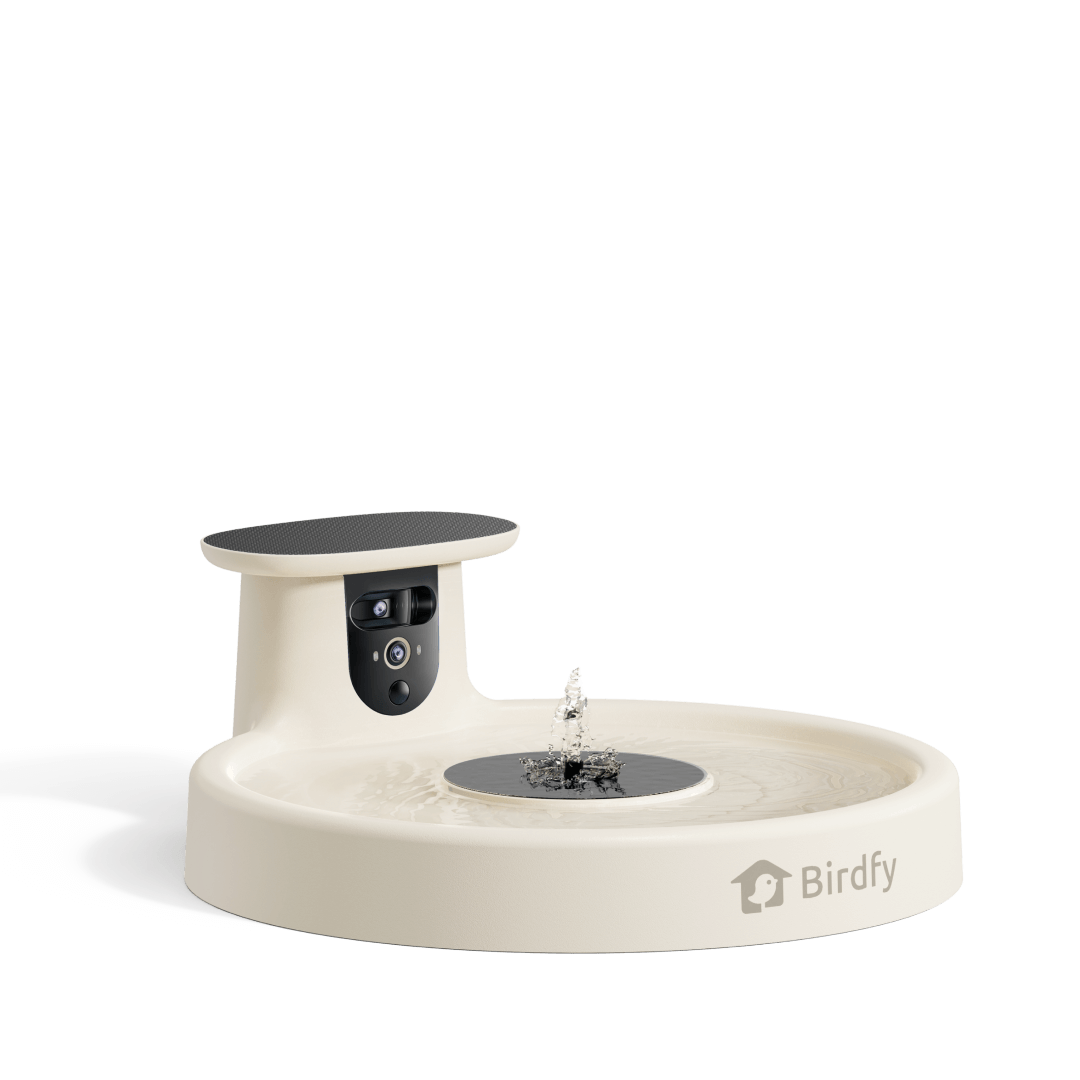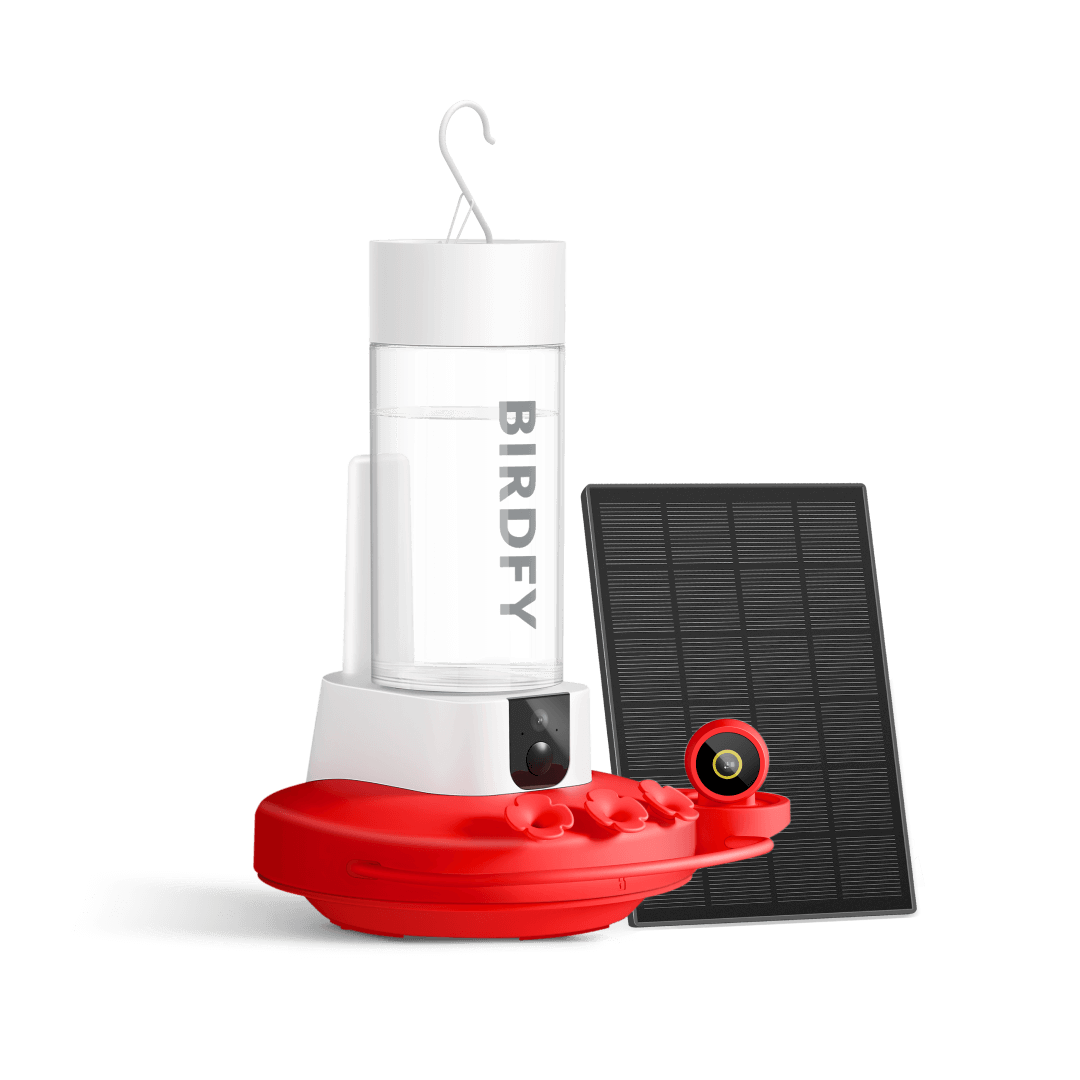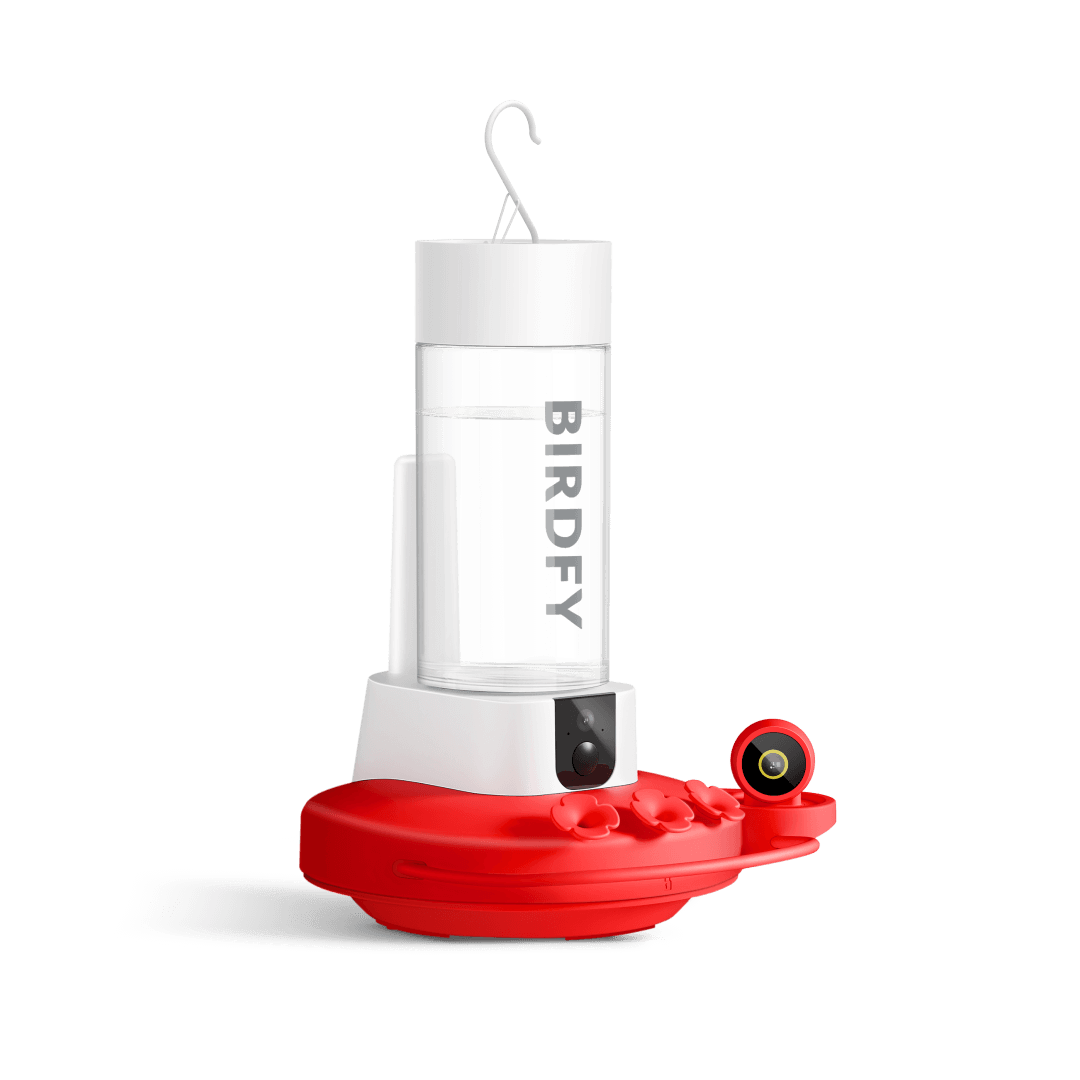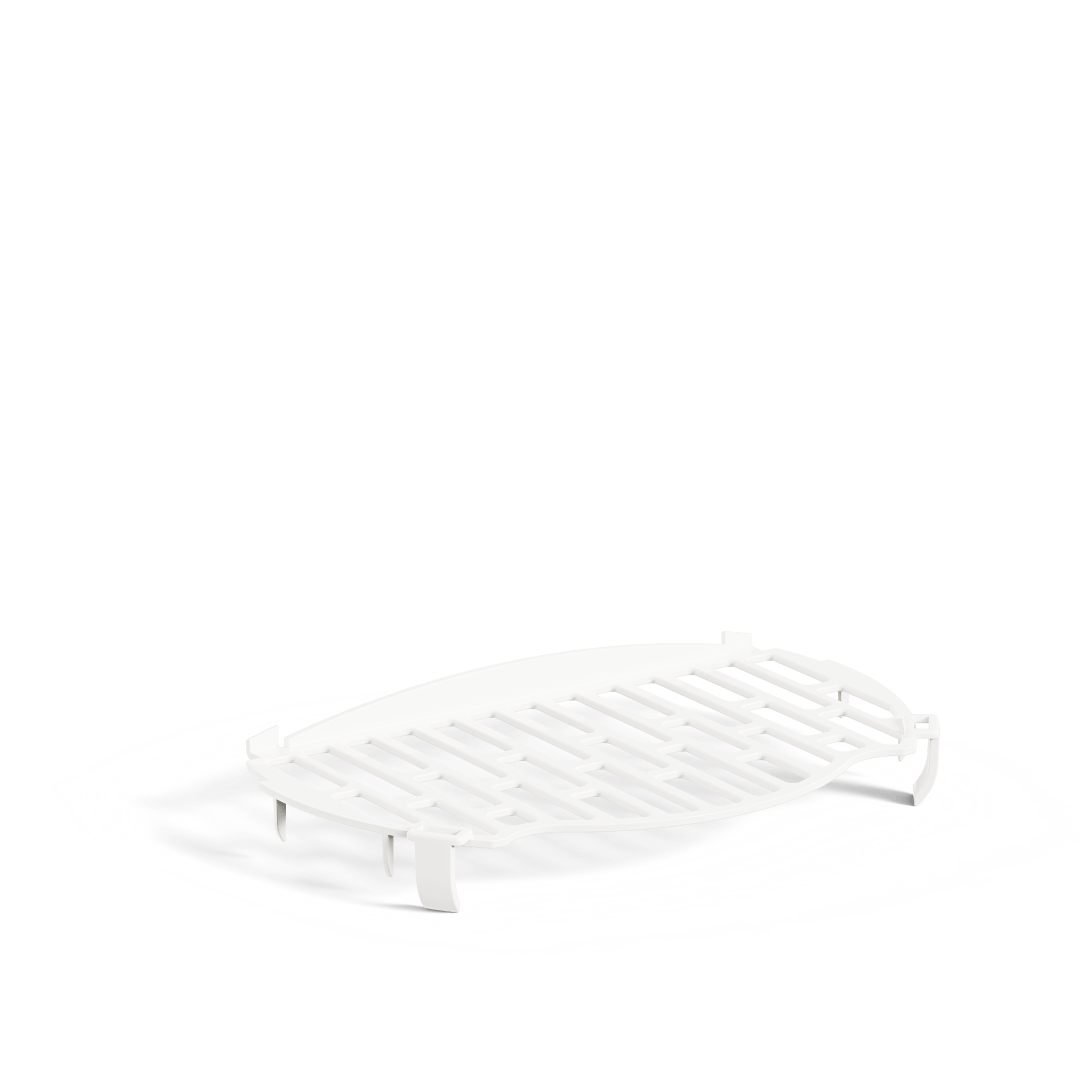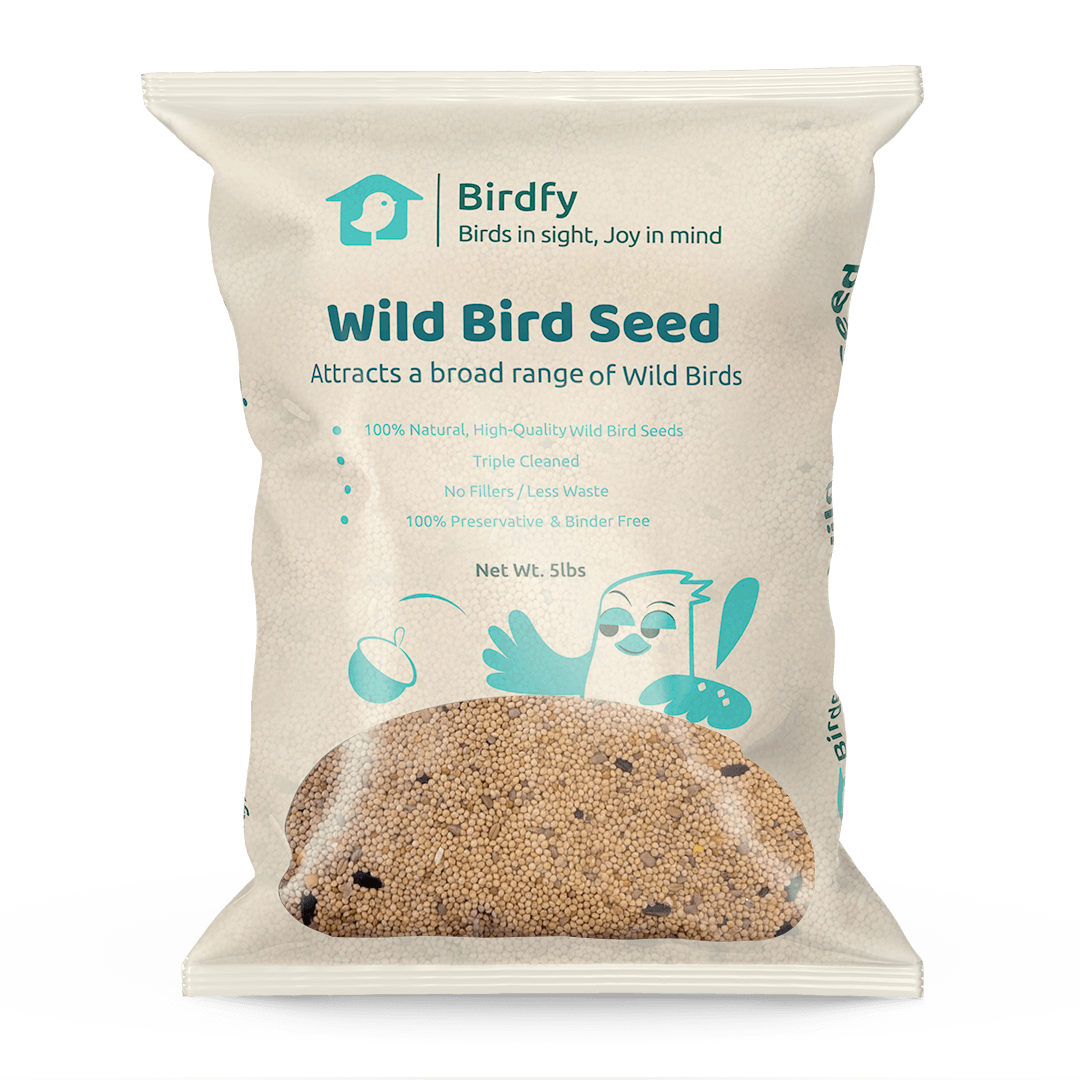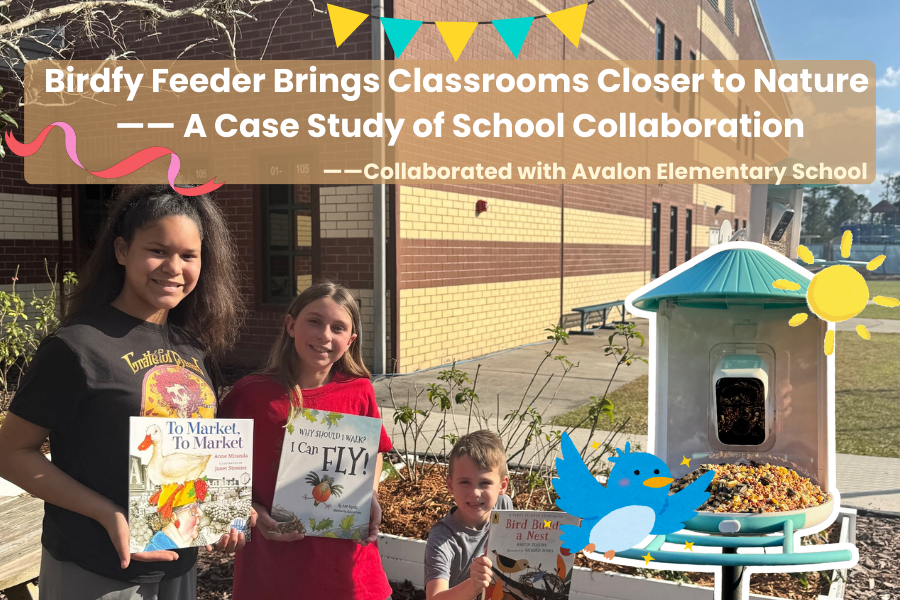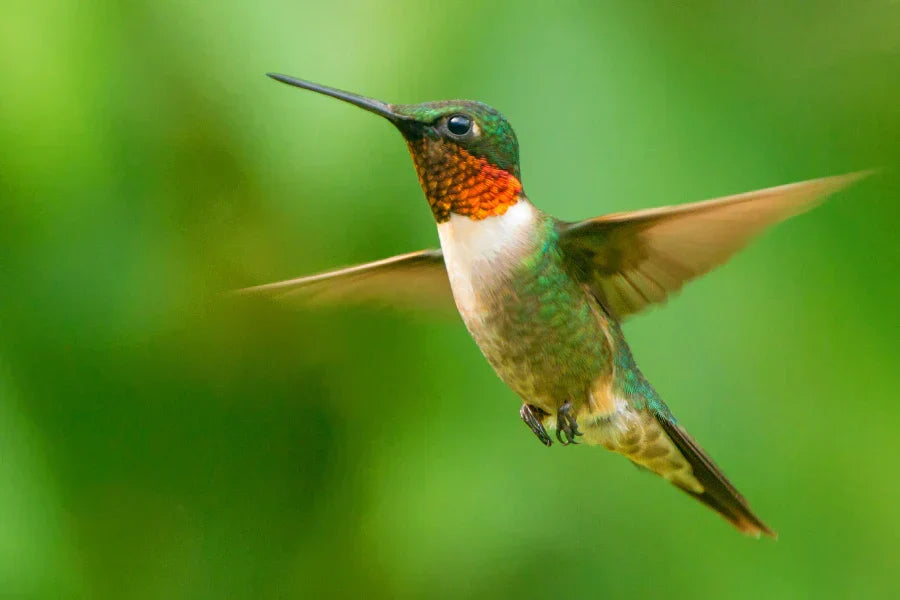Migration of Ruby-throated Hummingbirds: To Breeding Grounds and Back
| By Matthew Young
As we all know and have witnessed, Hummingbirds are amazing flyers having the ability to fly backward, sideways, and hover in place. They also undertake impressive migrations, with some species like the Ruby-throated Hummingbird traveling thousands of miles between the breeding and wintering grounds. In spring and fall they prepare for these journeys by doubling their body weight in fat reserves.
Why do Ruby-throated Hummingbirds Migrate to North America?
Hummingbirds originated and rapidly diversified in South America, creating significant competition for food and territory among the hundreds of species. By migrating north, certain species like the Ruby-throated Hummingbird gained access to an unoccupied ecological niche (i.e. habitat) that had cooler temperatures with less competition for food.
In short, they travel here to maximize the May-August period when plants bloom and spiders are abundant -- Nectar from flowers, and spiders’ make-up much of their diet.
These amazing bundles of energy navigate using a combination of the sun's position, Earth's magnetic field, and visual landmarks. They can even migrate at night across the Gulf of Mexico for many hours if needed.
Here's a more detailed look at Ruby-throated Hummingbird migration:
Spring Migration
The spring migration for Ruby-throated Hummingbirds begins in late February or early March in Central America and Mexico, with males arriving on the U.S. Gulf Coast in mid to late March and reaching northern breeding grounds by late May. They mainly fly by day, covering up to 500 miles over the Gulf of Mexico or following coastal routes, and rely on available nectar sources and insects. This journey is spurred by increasing daylight hours, with birds gaining weight and eating insects and spiders to fuel the demanding trip.
Here is a popular migration timing map below for the Ruby-throated Hummingbird’s Spring migration:

Things to Know for When They Arrive on Breeding Grounds
1. How long does it take for hummingbirds to come to feeder?
It can take a few minutes to days to even years before hummingbirds find your feeders.
2. Do the same hummingbirds visit my feeders every year?
Hummingbirds are known for their site loyalty and will return to a familiar, successful location!
Research shows that hummingbirds have a long-term memory and can remember the locations of reliable food sources, like your feeders, even after migrating thousands of miles…so yes, some individual hummingbirds do return to the same yard and feeders year after year, with banding studies providing evidence of this long-term memory and navigational ability. While their return is not a guarantee, hummingbirds that find successful stopover sites, like your yard, are more likely to do so, especially if the food sources or plants remain consistent. You can increase your chances of seeing returning hummingbirds by keeping your feeders up and maintaining your yard with nectar-producing plants, which provides important rest and refueling stops along their journey.
3. Why Do They Sometimes Disappear from your Feeders?
Hummingbirds can take off from feeders because of territorial instincts, a constant need for food due to their high metabolism, predators, or to avoid contaminated nectar. They are naturally aggressive about guarding food sources, and so an aggressive individual, especially aggressive males, can lead to other individuals fleeing. If the nectar has gone bad or been contaminated, they can also take off from your yard. Nearby predators can also cause them to vacate your feeder area. And sometimes during peak breeding the females can be busy tending to young more and visiting native plants than at feeders.
So be sure to keep your feeders free from bacteria, mold, or fungus, which can make hummingbirds sick or deter them. Keep nectar fresh as nectar can spoil quickly, especially in hot weather, and hummingbirds will avoid feeders with bad-tasting or spoiled nectar. Also be sure to keep the feeders as free as possible from ants by using feeders with an ant-moat filled with plain water.
4. What to Do If You Don’t See Hummingbird and How You Can Encourage Their Return and Stay
- Keep your feeders clean, up, and full, especially during spring migration!
- Plant Hummingbird-Friendly Flowers, especially local natives. Nectar-producing plants provide a crucial food source and can help hummingbirds find your yard.
- Some of the species the Ruby-throated Hummingbird especially likes are Bee Balm, Cardinal Flower, Trumpet Honeysuckle, and Trumpet Vine.
- Don’t use pesticides anywhere near hummingbirds. They need to eat insects to survive.
- Observe and be patient – As stated above, it may take time for hummingbirds to find and return to your feeder.
Fall Migration
In the fall, Ruby-throated Hummingbirds migrate from their summer breeding grounds in the eastern U.S. and Canada to wintering grounds in Mexico and Central America, with a significant portion crossing the Gulf of Mexico to reach the Yucatan Peninsula. Some gather in states like Florida, Louisiana, and Texas before their Gulf crossing and some may take an overland route through Mexico. The Gulf crossing journey is around 600 miles with no place to rest! A truly amazing feat for such a small bird.
You can view detailed, year-specific maps on the Journey North website. The percentage of this species' population that uses trans-Gulf versus circum-Gulf routes is largely unknown but is an area in need of study.
Departure
Some male Ruby-throated Hummingbirds are thought to leave their breeding grounds in the eastern United States and Canada in early August with males departing first, followed by females and then the young birds. Peak migration is however the first few weeks of September, but unlike spring migration, their fall migration for some individuals can stretch out across a much longer period with some of the last birds not leaving the United States until early November. Some will even winter at the southern tip of Florida and along the gulf coast to Texas. A few have even been noted to winter as far north as South Carolina.
Fat Reserves
They double their weight for their journey as they in engage in a feeding frenzy called hyperphagia, storing the extra fat as a crucial energy reserve.
Wintering Grounds
The vast majority of these hummingbirds’ winter in Mexico and Central America, as far south as Costa Rica or Panama
Challenges in the Migration of Ruby-Throated Hummingbirds
- Predators: Hummingbirds face threats from various predators during migration.
- Weather: Extreme weather conditions, such as strong winds, can pose significant challenges.
- Fatigue: Long flights, especially over water, can lead to exhaustion.
- Navigational Challenges: They rely on their internal compass and landmarks to navigate, and any disruptions to these cues can be detrimental.
- Climate Change: Altered weather patterns and food availability due to climate change can disrupt migration routes and breeding cycles.
How to Help Ruby-Throated Hummingbirds During Migration
- Create a Stopover Site! A yard with feeders, native plants, and perching spots acts as a vital stopover or "hotel" on their journey, making it an attractive place for them to rest and refuel.
- Provide food: Hummingbird feeders are helpful, especially during migration, to refuel these birds.
- Leave feeders up: It's best to leave feeders up until 2 weeks after you've seen the last hummingbird, as they may still need them to replenish energy reserves. You will be helping stragglers that are North of you.
Share



